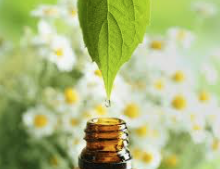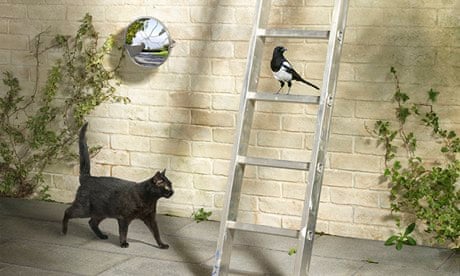
Decades ago, as Feng Shui swept through the United States from China; many misinterpretations were swept along with it. This homogenized version of Feng Shui has somehow adapted mixtures of superstition and folklore, none of which have anything to do with living in balance or harmony, a central principle of Feng Shui. Unfortunately, these superstitions have found quite an audience because they promise quick and simple results.
However, when I studied Feng Shui in Tibet and China I quickly learned how deep superstitions were embedded in Chinese culture as well. For example not only did airlines and airports routinely skip a 4th isle or 4th gate, but more than 90% of high-rise buildings all over the country lack a 4th floor. You won’t find a room number four, a license plate that ends in four, or a phone number or home address that ends in the number four. This number is considered unlucky because it sounds a lot like the Chinese word for death.
In the United States, we have developed our own irrational superstitious beliefs: the number 13 is bad luck; we “knock on wood” to ward off bad luck; if we break a mirror we have seven years of bad luck; walking under a ladder is bad luck but if you find a penny and pick it up, “all the day long you’ll have good luck.”
Unlike superstition, symbolism has the power to bring the mind and the heart together and connect us to the deepest truths of life, and that is why I use the language of symbolism in my Feng Shui practice.
Symbolism is the idea that things represent other things. Let’s look at the color red – in Feng Shui red isn’t just the color itself, but something beyond it: passion, love, or devotion. To others, it might represent blood or it could mean stop. In other words, red can mean anything you want it to mean. In other words, it means everything. Or, it means nothing, because you can assign any kind of symbolic interpretation to it, with no special quality.
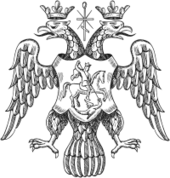 Symbols and symbolism were created as a way to comprehend something, and over 8,000 years ago, a double-headed eagle motif was the oldest symbol known to humans. It was symbolic of the foundation of a city.
Symbols and symbolism were created as a way to comprehend something, and over 8,000 years ago, a double-headed eagle motif was the oldest symbol known to humans. It was symbolic of the foundation of a city.
It is symbolism that is the basis of thinking, and the major difference between human beings and other life forms on Earth (at least, so far as we know. Who can tell what a whale or a dolphin does to store impressions, or what great, slow thoughts a sequoia indulges in while living through the centuries). Humans not only manipulate symbols but create symbols as well.
Symbolism is an interactive practice, requiring the discernment of humans to flesh out meanings according to his/her own perspective at the time of interpretation. Superstition asks no such thing of us.
The choice is yours, you can go the quick-and-easy route, the route requiring little to no effort on your part – a pat answer typically based upon fear-driven concepts, then let superstitions be your guide.
If, however, you find yourself to be more refined, more evolved, and so require a sophisticated approach to interpreting uncommon events in your life – an approach that encourages expanded perception, open-mindedness, and soulful sensitivity – then symbolism is the right choice.
| Symbolism | Superstition |
| Relies heavily on logic | Feeds on ignorance |
| Encourages independent and critical thinking | Encourages no thought, blind acceptance |
| Encourages anthropological/cultural research for greater understanding | Requires no understanding or research, concepts taken at face-value |
| Requires interpretation and exploration from the observer | Must be accepted as truth or fact without substantiation |
| Offers insight according to the observer’s needs | The meaning is never changes |
| Lends itself to the improvement of the human condition | Perpetuates fear |
Have any Feng Shui questions? Feel free to contact me at michelle@michellecromer.com and sign up for your Power Color or visit me on Facebook at Michelle Cromer Feng Shui.


 Each trip I take seems to be defined by a single moment, and those moments always involve a person. I randomly hired a driver who happened to be a man named Marius. He picked me up from the Reykjavik airport and showed me around while I waited on my fellow explorer and dear friend Olga to arrive.
Each trip I take seems to be defined by a single moment, and those moments always involve a person. I randomly hired a driver who happened to be a man named Marius. He picked me up from the Reykjavik airport and showed me around while I waited on my fellow explorer and dear friend Olga to arrive.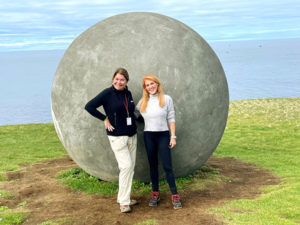



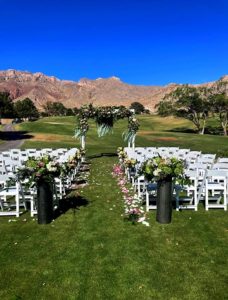


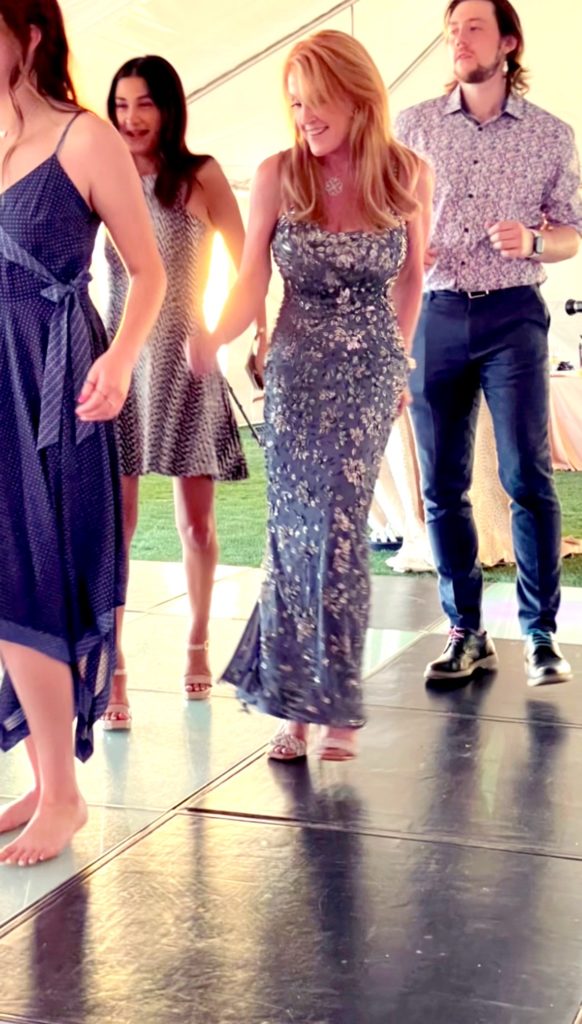
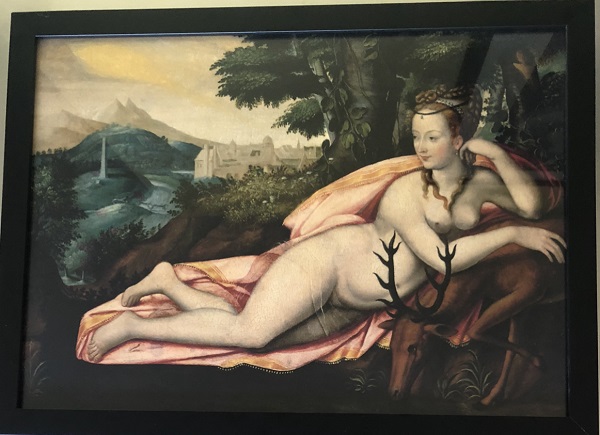

 I have noticed as I age, western medicine doesn’t seem to be as effective. For whatever reason, after I hit 50 I began to get all of those dreaded side effects printed on the warning labels of all the medication I was taking. But after a severe allergic reaction during a trip to India, an Indian doctor treated me with aromatherapy. For over two hours he applied essential oils, which seemed at the time, completely far-fetched. The treatment was labor-intensive, appeared imprecise and low-tech. But the treatment worked. The doctor explained that essential oils are multi-dimensional, filled with homeostatic intelligence that works to restore the body to a state of healthy balance. When body conditions change, oils adapt, raising or lowering blood pressure as needed, stimulating or repressing enzyme activity as needed, energizing, or relaxing as needed. “Oils possess an intelligence that we can’t comprehend,” he said. “Nature, Mother Earth does not need to read a textbook.”
I have noticed as I age, western medicine doesn’t seem to be as effective. For whatever reason, after I hit 50 I began to get all of those dreaded side effects printed on the warning labels of all the medication I was taking. But after a severe allergic reaction during a trip to India, an Indian doctor treated me with aromatherapy. For over two hours he applied essential oils, which seemed at the time, completely far-fetched. The treatment was labor-intensive, appeared imprecise and low-tech. But the treatment worked. The doctor explained that essential oils are multi-dimensional, filled with homeostatic intelligence that works to restore the body to a state of healthy balance. When body conditions change, oils adapt, raising or lowering blood pressure as needed, stimulating or repressing enzyme activity as needed, energizing, or relaxing as needed. “Oils possess an intelligence that we can’t comprehend,” he said. “Nature, Mother Earth does not need to read a textbook.” Rene Gatfosee, a French chemist, coined aromatherapy over a hundred years ago. He worked with volatile plant essential oils, developing fragrances for the perfume industry, until one day he had an explosion in his lab and was badly burned. He plunged his arm into the nearest vat of liquid, which happened to be lavender. To his amazement, the pain stopped immediately, and no blistering or scarring occurred. As a result, he changed his focus completely to the medicinal effects of these oils.
Rene Gatfosee, a French chemist, coined aromatherapy over a hundred years ago. He worked with volatile plant essential oils, developing fragrances for the perfume industry, until one day he had an explosion in his lab and was badly burned. He plunged his arm into the nearest vat of liquid, which happened to be lavender. To his amazement, the pain stopped immediately, and no blistering or scarring occurred. As a result, he changed his focus completely to the medicinal effects of these oils. Utilizing the wisdom of plants and trees medicinally pre-dates written history. Early man, as a hunter-gatherer, must have sampled different plants to find out if they were edible and if so, what effects the plants had on the body. He would have learned quickly that some herbs bring on stupor, some enliven, others purge and of course, many nourish the body. A deep understanding and connection would have been formed between man and plant. As anyone who has lived close to the land soon learns, plants have a spirit of their own and can commune their intent if one is open enough to listen to their energetic frequency. In early times, man probably had a much keener awareness of his environment and worked more closely with the rhythms and vibrations of the earth. His sense of smell would be more honed, the odor entering the brain allowing him to intuit the efficacy of the plant by tuning into its vibration and sensing whether it would be a healthy fit for his body.
Utilizing the wisdom of plants and trees medicinally pre-dates written history. Early man, as a hunter-gatherer, must have sampled different plants to find out if they were edible and if so, what effects the plants had on the body. He would have learned quickly that some herbs bring on stupor, some enliven, others purge and of course, many nourish the body. A deep understanding and connection would have been formed between man and plant. As anyone who has lived close to the land soon learns, plants have a spirit of their own and can commune their intent if one is open enough to listen to their energetic frequency. In early times, man probably had a much keener awareness of his environment and worked more closely with the rhythms and vibrations of the earth. His sense of smell would be more honed, the odor entering the brain allowing him to intuit the efficacy of the plant by tuning into its vibration and sensing whether it would be a healthy fit for his body.